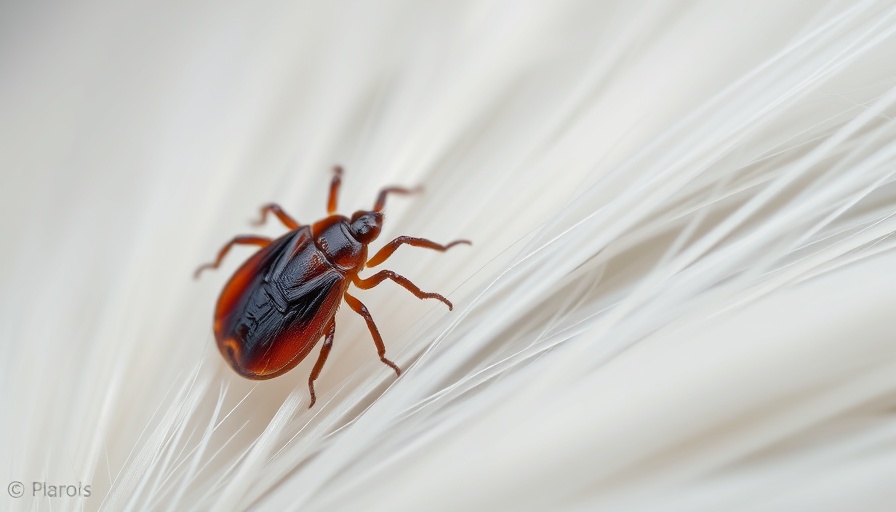
Understanding Coccidia: A Common Threat to Our Furry Friends
Coccidia, often overlooked, are microscopic parasites that can wreak havoc on our dogs' health, particularly in puppies and immunocompromised dogs. As pet owners, equipping ourselves with knowledge about these parasites empowers us to protect our beloved pets effectively.
How Coccidia Affects Dog Health
Coccidia are single-celled organisms that infiltrate the intestinal linings of dogs, multiplying and causing inflammation. The silent nature of these infections means that while adult dogs can carry them without showing symptoms, puppies, who are still developing their immune systems, are at heightened risk. Symptoms of infection can range from mild diarrhea to severe dehydration, making early detection crucial.
The Lifecycle of Coccidia: How Dogs Get Infected
Understanding how coccidia spreads can help pet owners take preventive measures. Puppies often get infected by ingesting oocysts—resilient eggs persisted in the environment, especially in shared spaces like parks, kennels, and yards. Simple actions, like keeping play areas clean and monitoring puppies' interactions, can significantly reduce their risk of infection.
Signs to Watch For: Symptoms of Coccidiosis
Symptoms of coccidiosis may vary in intensity and presentation. While some dogs display no visible signs, common symptoms include:
- Watery diarrhea, potentially mixed with mucus or blood
- Vomiting
- Weight loss and dehydration
Prompt veterinary intervention is essential if these symptoms are observed.
Effective Treatment Options for Coccidia
If your dog does contract coccidia, all is not lost. Various treatment options, including medications that eliminate the parasite and supportive care measures, can aid recovery. Hydration and a nutritious diet play a significant role in replenishing their strength.
Preventive Measures: Keeping Your Dog Safe
As the saying goes, an ounce of prevention is worth a pound of cure. Here are some actionable tips for keeping coccidia at bay:
- Ensure proper hygiene in kennels or dog daycare settings.
- Regularly clean your yard and remove feces promptly.
- Monitor interactions with other animals, especially in public areas.
- Consider routine veterinary check-ups to screen for potential infections.
The Emotional Impact of Coccidia on Dog Owners
The thought of our furry companions being unwell can be distressing. Pet owners often experience guilt or worry when their dogs are sick. Remember, proactive measures and routine check-ups can alleviate fears and promote a healthier life for your dog, easing the emotional burden.
Final Thoughts: Taking Charge of Your Dog's Health
Understanding the risks associated with coccidia and taking preventive steps ensure a healthier and happier life for your dog. Don't hesitate to consult your veterinarian with any concerns—being informed is the first step toward safeguarding your pet's health!
 Add Row
Add Row  Add
Add 




Write A Comment